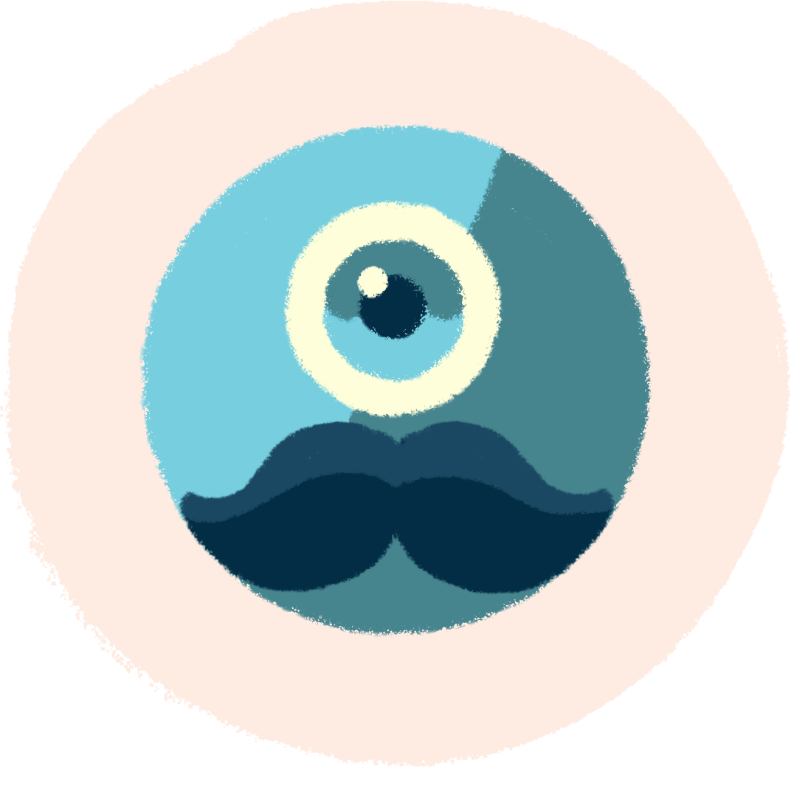URL (Unique Resource Locator) is translated as ?Unique Resource Identification?. This is the location of a file on the Internet. It is typed into the address bar at the top of the web browser and uniquely indicates where a file is on the Internet.
Technically, a URL is just a type of URI (Uniform Resource Identifier, often URL is considered a synonym for URI).
The URL was created in 1994 by Tim Berners-Lee in conjunction with the Internet Engineering Task Force (IETF) URI Working Group. The URL format combines an existing domain name system that was created in 1985. It separates individual directories and files with a slash.
A common URL ? starts with the protocol, followed by a colon, two slashes, the server name (e.g. www, ftp, smtp?), followed by a period, the „domain“ name:http://hosting.blueboard.cz/napoveda/domena (or IP address), the port name, etc. Modern web browsers sometimes no longer even show the beginning of the URL, leaving or highlighting only the domain name.
URL shorteners
Nowadays, especially thanks to social networks, so-called URL shorteners have proliferated. Some URLs may be too long – for example, maps, links to various photos, documents, or even traditional websites may have URLs that are too long. URL shorteners are popular for various social networking, address sharing, instant messaging, and especially Twitter.
An example of a long and hard to remember address:
Same address using a shorthand:
There are many address shorteners, for example:
- tinyurl.com
- goo.gl
- bit.ly
- t.co
- is.gd
- ow.ly
- gu.ma
- tiny.cc
- + dozens more
HTTP redirect, or HTTP redirection, is a technique used to redirect a shortened address to the original address, where a single web page can be accessed from multiple URLs. The availability of a single page from multiple URLs is not only used for shortening, but also, for example, for the possibility of typos. For example, www.gogle.com will redirect you to www.google.com, etc.







